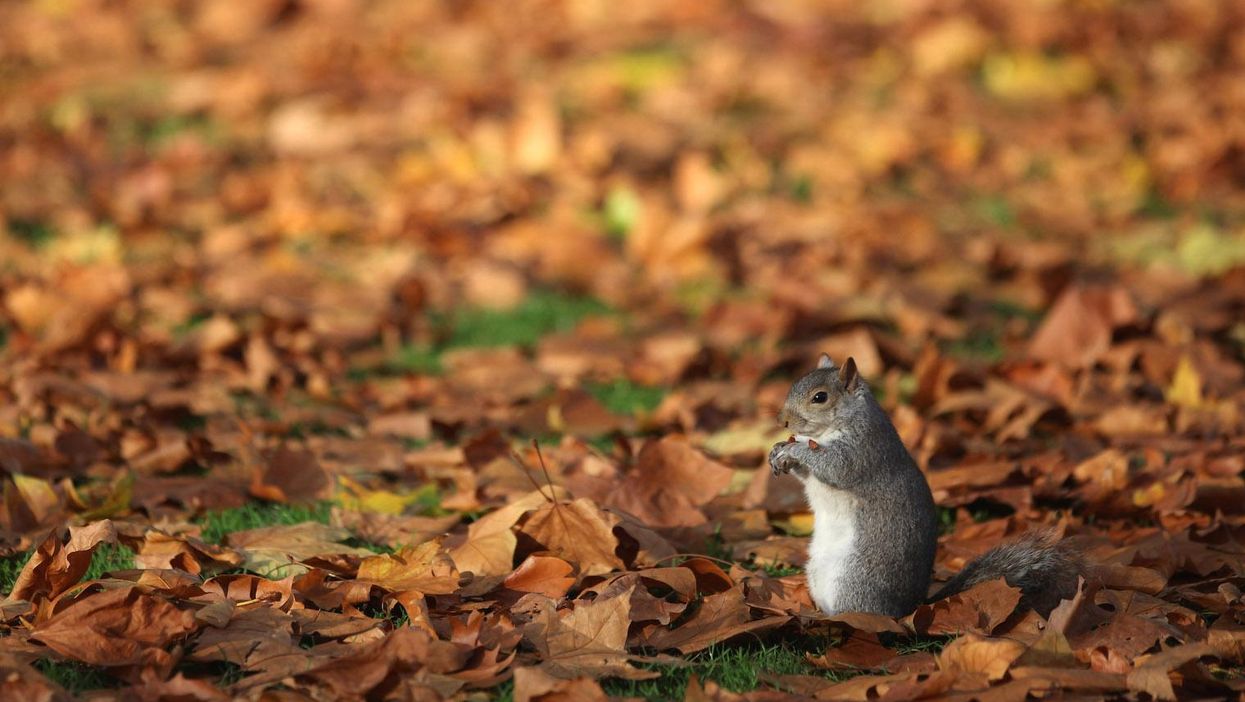Science & Tech
Louis Dor
Jan 26, 2016

(Picture: Dan Kitwood/Getty Images
It turns out, we're more to blame for grey squirrels' spread throughout the UK than they are.
The traditional view is the grey squirrel spread rapidly across the British Isles after different populations interbred into a 'supersquirrel', which was better able to adapt to the UK climate.
DNA profiling at Imperial College London has shown grey squirrels may not be as hardy as previously thought, and they were given significant help by humans to thrive in Britain.
Dr Lisa Signorile has compiled a DNA database of nearly 1,500 squirrels in the UK and Italy during PhD studies at Imperial and the Zoological Society of London.
The database shows different squirrel populations are still genetically distinct following their introduction to the UK from the 1890s onwards.
These differences show they did not breed into a 'supersquirrel' species, and the only way they could have travelled so far was by human intervention.
For example, the population in Aberdeen is more closely related to those in Hampshire and the New Forest.
Dr Signorile said of the research, which appears in the Biological Conservation and Diversity and Distributions journals:
It has been thought since the 1930s that grey squirrels were all the same, spreading across the country as one invasion front. After a century, genetics has proved that this isn’t correct. They are not that good at breeding and mixing – in fact there are clear signs of inbreeding.
Grey squirrels are not as crazy invaders as we think – their spread is far more our own fault.
So, really, they're not as bad as we thought... right?
(Original picture: Rob Stothard/Getty Images)
Top 100
The Conversation (0)













